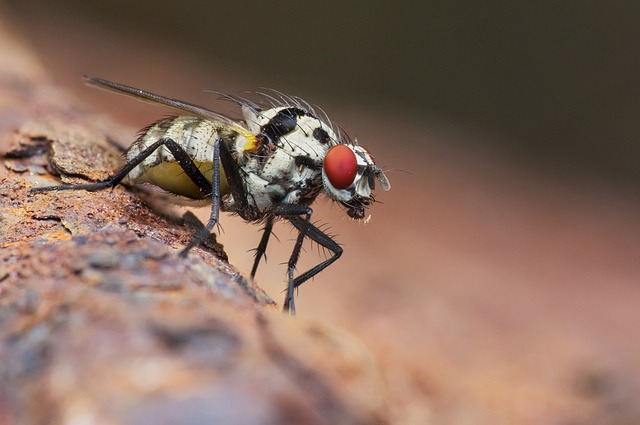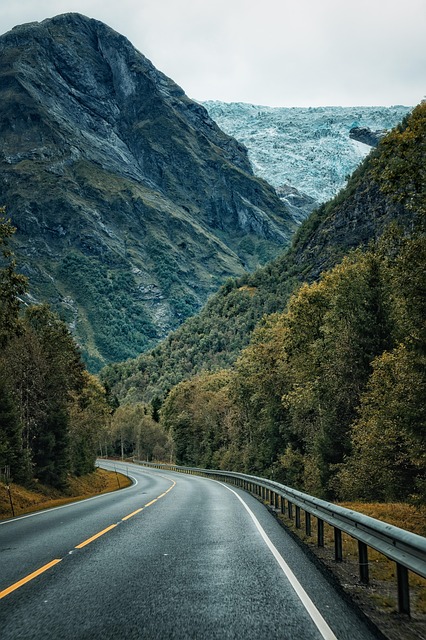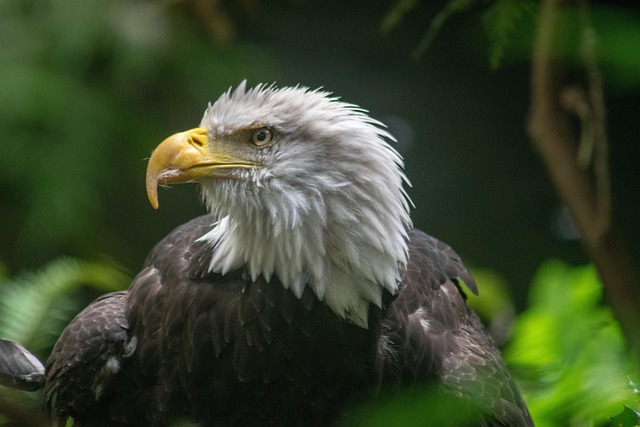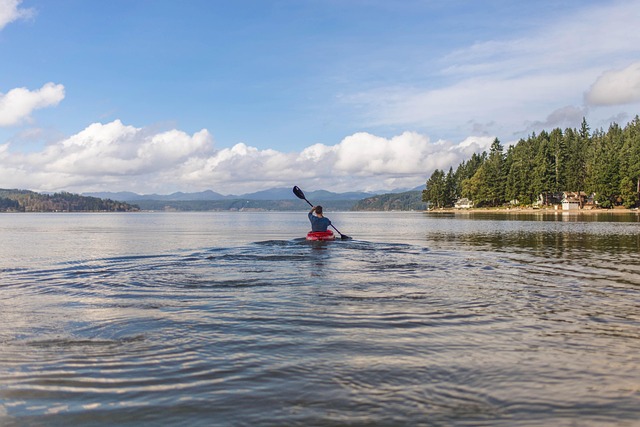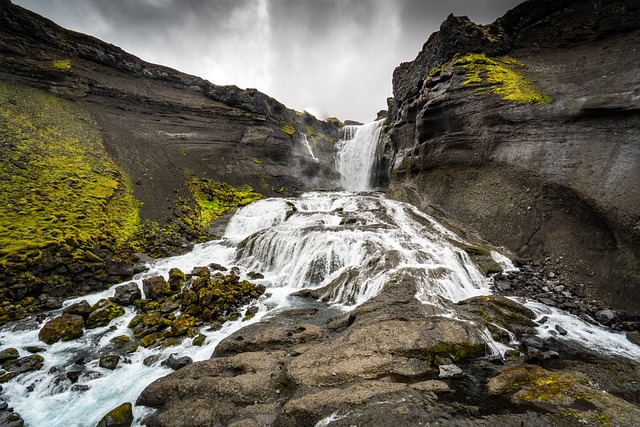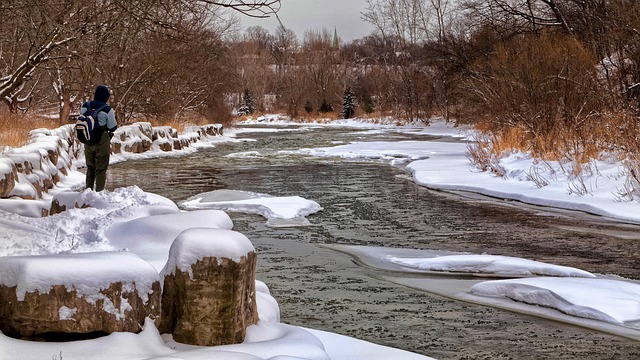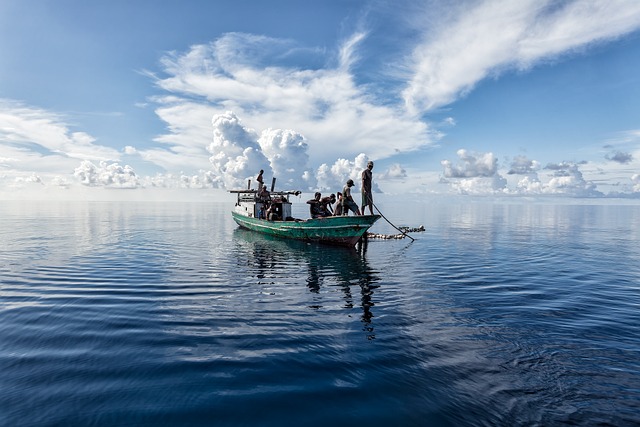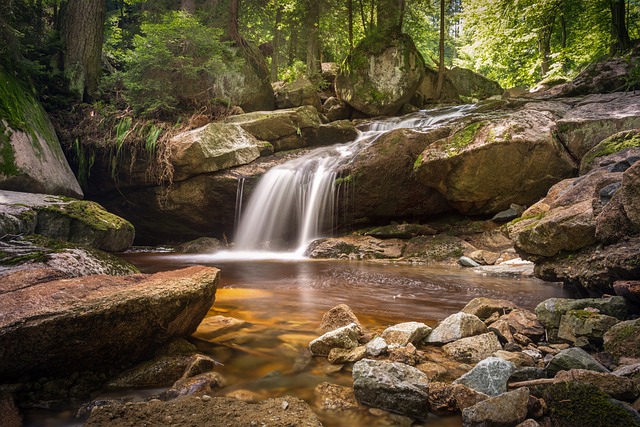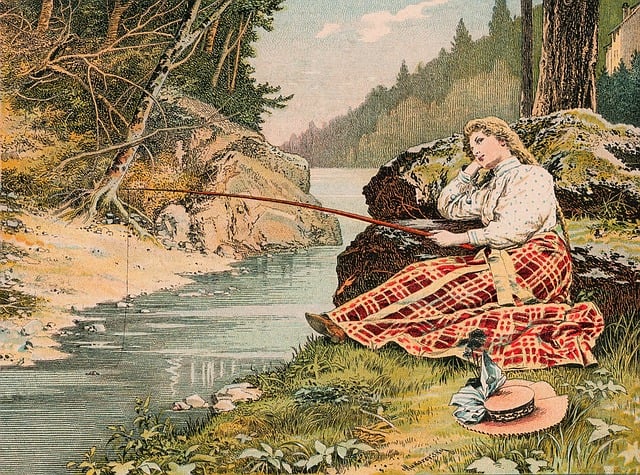The McKenzie River in Oregon offers diverse fishing experiences with numerous spots catering to various techniques and species, including trout, salmon, bass, and catfish. Fly fishing is popular due to clear waters and abundant insects. Adhering to local regulations and conservation practices, such as proper catch-and-release, ensures the Sustainability of these fish populations for future generations to enjoy while exploring the river's unique ecosystem.
Discover the art of fishing on the renowned McKenzie River, a vibrant ecosystem teeming with diverse fish species. This guide explores the river’s unique characteristics, from its lush surroundings to the abundant life within. We pinpoint the best fishing spots along the McKenzie, offering insights into targeting specific fish like trout and salmon. Learn effective techniques, including fly fishing, and navigate successful catches. Understand the importance of adhering to local regulations and explore conservation efforts vital for sustainable fishing practices on this beautiful river.
- Understanding the McKenzie River Ecosystem and Its Fish Population
- Identifying Top Fishing Spots Along the McKenzie River
- Targeting Specific Fish Species in the River: A Guide
- Exploring Different Fishing Techniques for Optimal Success
- Adhering to McKenzie River Fishing Regulations: What Anglers Need to Know
- Conservation Efforts and Responsible Fishing Practices on the McKenzie River
Understanding the McKenzie River Ecosystem and Its Fish Population

The McKenzie River, a vibrant and bustling waterway in Oregon, is renowned among anglers for its exceptional fishing spots and diverse fish species. Understanding the river’s unique ecosystem is key to successful fishing here. The river boasts a rich tapestry of habitats, from shallow runs and riffles to deep pools and rapids, each supporting a variety of fish populations. Among the most sought-after McKenzie River fish species are trout, salmon, bass, and catfish, attracting anglers from near and far.
McKenzie River fishing techniques vary depending on the time of year and water conditions. Fly fishing is particularly popular due to the river’s clear waters and abundant insects. Anglers often use dry flies to target trout in the shallower areas, while nymphs are effective for bass and catfish in deeper pools. Adhering to local fishing regulations, such as size and catch limits, ensures sustainable fishing practices. McKenzie River fishing conservation is crucial to preserving this natural treasure for future generations of anglers, making it a game-changer for outdoor enthusiasts looking for exceptional experiences.
Identifying Top Fishing Spots Along the McKenzie River

The McKenzie River, known for its crystal-clear waters and diverse ecosystems, offers a plethora of fishing spots catering to various techniques. Anglers can choose from secluded pools hidden among towering trees or open stretches along the river’s edge, each presenting unique challenges and opportunities to catch a variety of fish species. The river is home to popular game fish like rainbow trout, brown trout, and bass, making it a haven for fly fishing enthusiasts.
Identifying the best spots involves understanding the river’s topography and habitat. Some sections are shallow and rocky, ideal for spin fishing with spinners or jigs, while others are deep pools perfect for drift fishing with wet flies or topwater lures. Adhering to local fishing regulations is crucial for conservation efforts; these guidelines ensure the sustainability of McKenzie River fish species for future generations of anglers.
Targeting Specific Fish Species in the River: A Guide
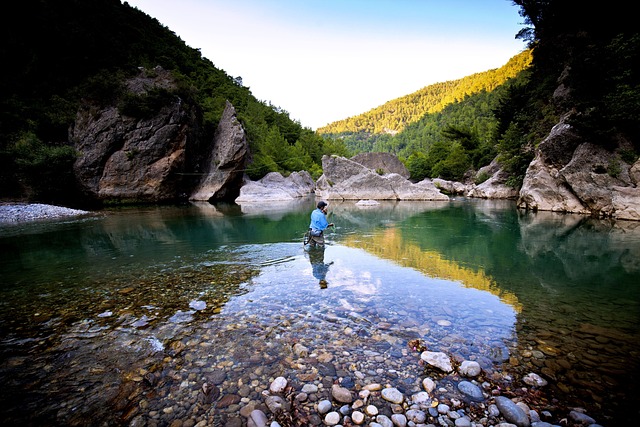
When targeting specific fish species in the McKenzie River, anglers should be aware of the diverse range of McKenzie River fishing spots and corresponding fish populations. The river is renowned for its robust trout species, including rainbow trout and cutthroat trout, which thrive in the cold, crystal-clear waters. For those seeking a challenge, the McKenzie River also hosts salmon runs during specific seasons, attracting anglers from across the region.
McKenzie River fishing techniques vary depending on the target species and time of year. Fly fishing is particularly popular among enthusiasts, thanks to the river’s rich insect life and scenic landscapes. Anglers can effectively use dry flies and nymphs to target trout, while spin fishermen might opt for spinners or jigs imitating small baitfish. Staying informed about local fishing regulations and practicing conservation efforts, such as proper catch-and-release techniques, ensures a sustainable future for these prized McKenzie River fish species.
Exploring Different Fishing Techniques for Optimal Success
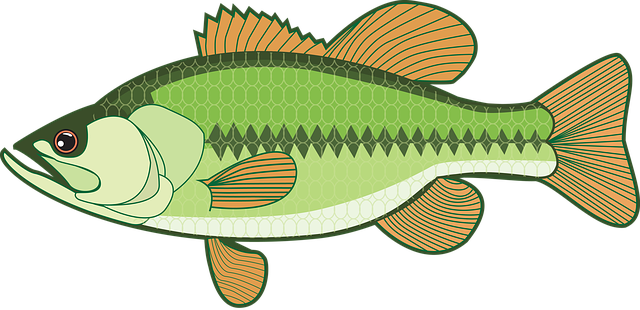
When it comes to fishing in the majestic McKenzie River, a variety of techniques can yield optimal success depending on the time of year and specific fish species one is targeting. The river boasts a rich diversity of fish species such as trout, salmon, and bass, each requiring tailored approaches to ensure successful catches. For instance, fly fishing has long been a favoured method along the McKenzie River due to its natural insect-based diet. Anglers can effectively entice these creatures with precise throws of hand-crafted flies mimicking local insects, a technique that encourages both conservation and connection with nature.
Moreover, exploring different spots along the river is crucial. The McKenzie River fishing spots vary from serene pools nestled among lush greenery to fast-flowing riffles ideal for aggressive fish. Staying informed about the latest McKenzie River fishing regulations is also essential for responsible angling. Adhering to these guidelines not only ensures a sustainable fishing experience but also contributes to the preservation of this precious ecosystem, allowing future generations to appreciate and enjoy its natural beauty and diverse McKenzie River fish species.
Adhering to McKenzie River Fishing Regulations: What Anglers Need to Know
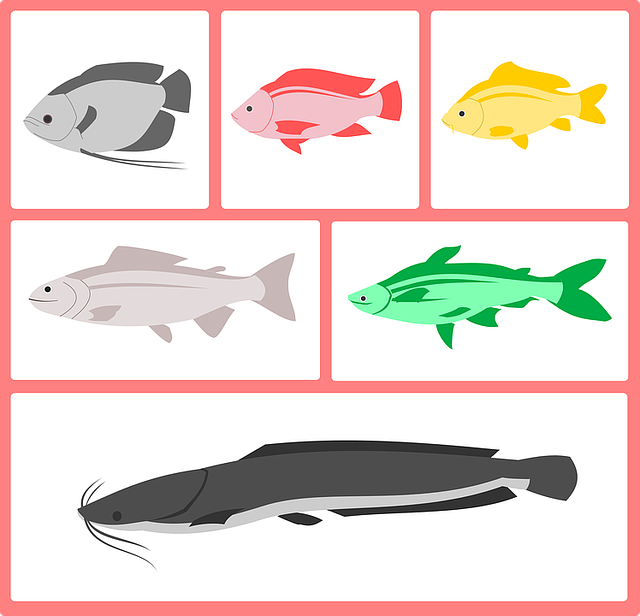
Fishing the pristine waters of the McKenzie River offers a unique and rewarding experience for anglers, but it comes with certain responsibilities. Adhering to the local fishing regulations is not just a legal requirement but also plays a vital role in preserving the river’s ecological balance and ensuring future accessibility for all enthusiasts. The McKenzie River, known for its stunning scenery and diverse fish species, has specific guidelines to protect both the environment and anglers’ rights.
Anglers visiting this picturesque river must familiarize themselves with the McKenzie River fishing regulations, which cover various aspects such as licensing, catch limits, and seasonal restrictions. These rules are designed to manage the population of various fish species found in the river, including trout, salmon, and bass. By respecting these guidelines, anglers can contribute to the conservation efforts, maintain a healthy ecosystem, and ensure that future generations can also enjoy the thrill of catching their prized catch from this renowned fishing spot.
Conservation Efforts and Responsible Fishing Practices on the McKenzie River
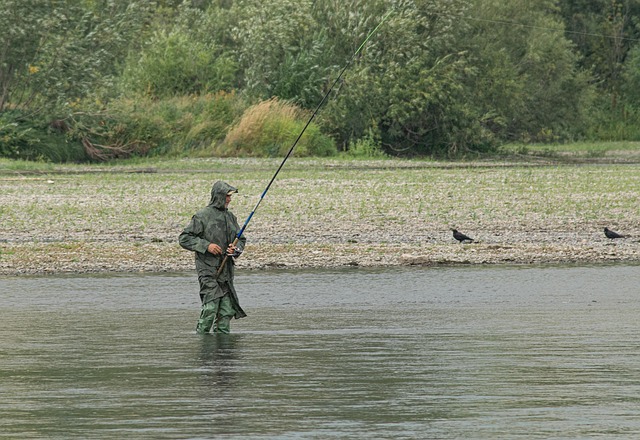
The pristine waters of the McKenzie River are a haven for anglers seeking exceptional fishing experiences, but it’s crucial to approach this sport with a commitment to conservation and responsible practices. The river supports a diverse range of fish species, including rainbow trout, cutthroat trout, bass, and even salmon, making it a sought-after destination for both local and visiting anglers. To preserve the health of these populations and the overall ecosystem, various fishing regulations are in place. These include size limits on catch, daily and seasonal limits on the number of fish taken, and restrictions on certain fishing methods such as fly fishing only in designated areas.
Conservation efforts have been instrumental in maintaining the river’s ecological balance. Anglers are encouraged to practice ‘catch and release’ for many species, ensuring that fish are gently returned to the water unharmed. Moreover, adhering to McKenzie River fishing regulations helps prevent overfishing and protects vulnerable habitats. By adopting responsible fishing practices, anglers can contribute to the long-term sustainability of the region’s fisheries and enjoy this precious resource for generations to come while exploring its stunning fishing spots along the river.
